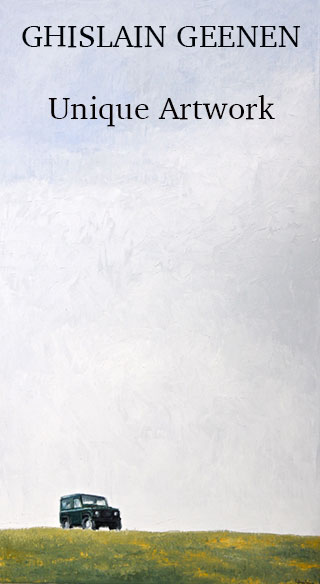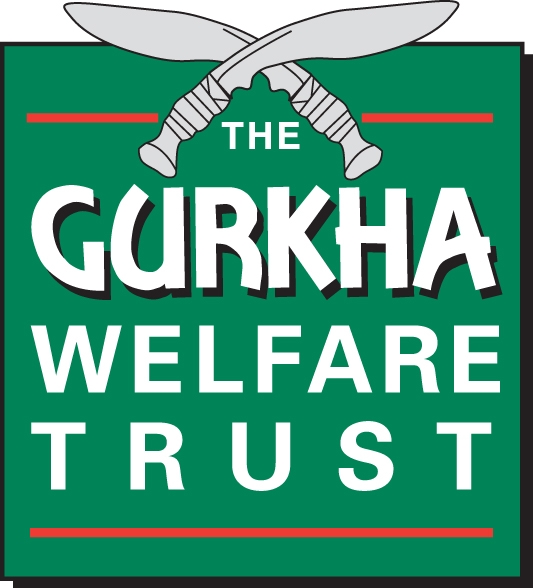As I write this, I am sitting in the back of a white Toyota Land Cruiser station wagon driving south from Addis Ababa through the Ethiopian countryside towards the Bale Mountains.
We are on our way to hunt the endemic Mountain Nyala for 3 weeks with a 76 year old Alaskan man who has saved up a small fortune to hunt this beautiful animal on what he says is his “last great African adventure.”
He has told me this 5 times before though. He has hunted 4 different African countries - so I think the bug bit him hard. We are headed for a concession that abuts the world famous Bale Mountains National Park - home to some iconic and very endangered species, including the Ethiopian wolf.
Our Ethiopian Guide is a wonderful man who has been involved in the hunting industry, conservation and tourism for well over 30 years - so when he talks about matters to do with Ethiopian wildlife and conservation, I listen, and I listen carefully.
He has no axe-to-grind with me, and he talks passionately about conservation issues - the growing human population of 110 million people, the shrinking range of habitat for wildlife, and his frustrations with dealing with red-tape, quotas and so-called “experts” who visit his areas for 3 days annually and then make sweeping assessments of the wildlife populations.
He is also very concerned with the growing global trend of labelling trophy hunters as wanton killers. He gets very animated on this subject - you can hear the frustration in his voice - “Killing is just going out and shooting everything you see; we are very selective, we protect females, young males, babies, and habitat for wildlife, but we only shoot a few old males. How can you just call this killing?”
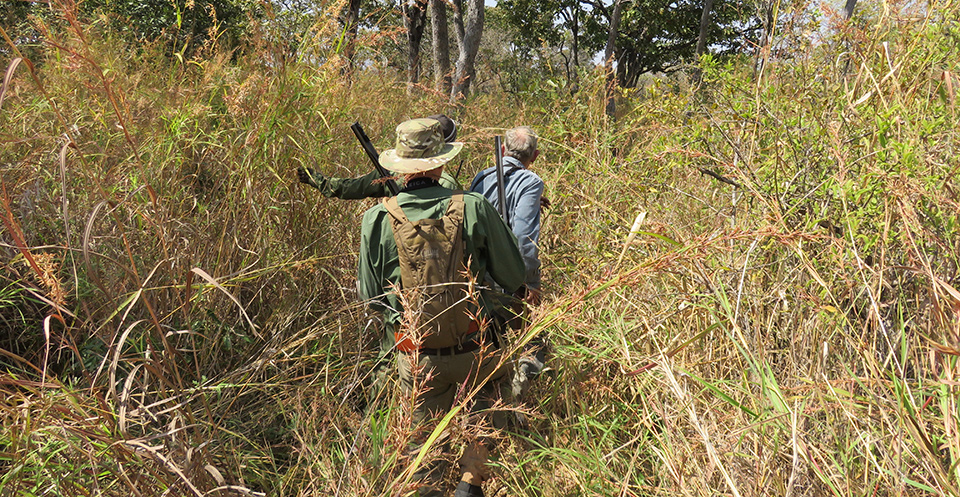
The quotas are very strict and there is a huge revenue retention within the area. The region receives 85% trophy fees and of this 60% goes directly to the community that lives in the hunting area. I have yet to see enough to judge, but I am assured that wildlife within the hunting areas does much better on average than in many of the National Parks - because the communities that live alongside the wildlife receive great financial benefits from it.
To put the quotas in perspective, Ethiopia issues about 22 Mountain Nyala Permits per year, and the most conservative Nyala estimates for the country are about 2500 animals - so this is a very low off-take of less than 1% per year - of older male animals. A study shows that forest cover and habitat in Ethiopia is only increasing in areas where they have hunting. Yes there are very few of these animals left in the world - but the threat to them comes from habitat loss - not legal trophy hunting, and as our guide points out, eventually, these old nyala that are hunted as trophies would just go on to die of old age. “They will die slowly - of old age - for what” - he says quizzically - “when someone will pay big money to hunt one instead. It would be a waste.”
They will die slowly - of old age - for what” - he says quizzically - “when someone will pay big money to hunt one instead. It would be a waste.”
For some people, his matter of fact perspective might seem callous, but I see logic in his frankness, and I see a man who cares deeply about the future of one of the world’s rarest and most beautiful large mammals.
I ask our guide about the viability of eco-tourism as a revenue generator for wildlife verses hunting - and he points to the fact that most visitors to Ethiopia come for cultural tourism. Most wildlife tourism visitors in general he points out are far more likely to visit the more famous parks of Kenya or Tanzania, and those that do come to Ethiopia for its endemic wildlife, want to see it in an efficient and accessible manner. And they certainly aren’t willing to spend the 30 - 90,000 dollars or more that the average hunter will spend. What this all means of course, is that only a hand-full of small areas generate revenue from wildlife - and they must do so with higher volumes of tourists.
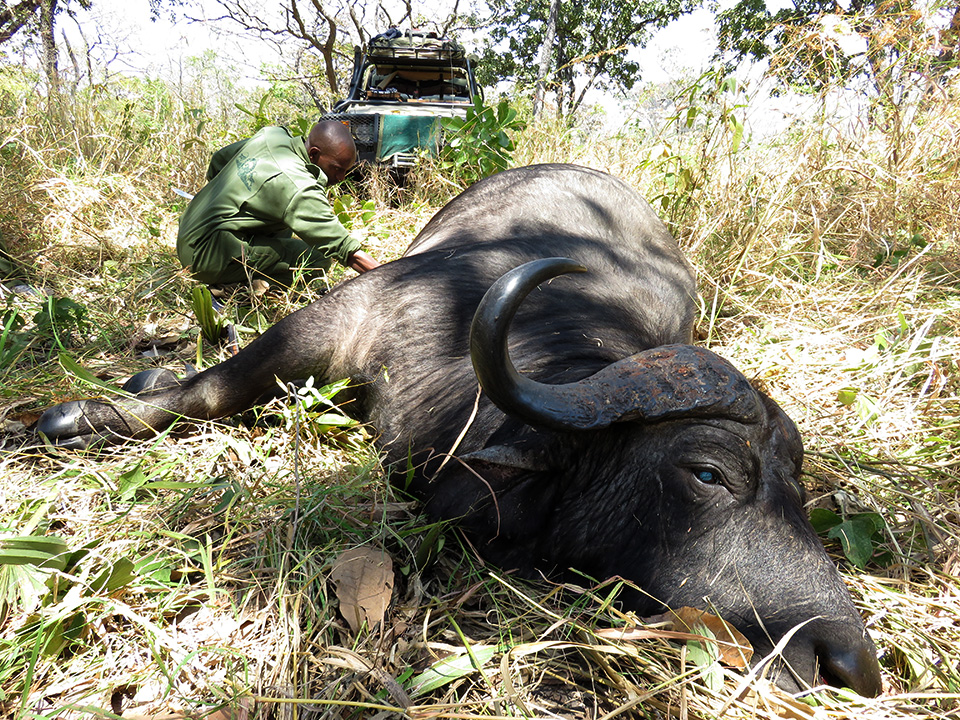
It is a familiar story, and one which I get quite animated about, as it is a message that is often repeated but rarely listened to by anti-hunters.
One of the greatest proponents of the idea that eco-tourism can replace hunting tourism revenues in Africa is the media savy, Derrick Joubert. National Geographic Explorer in residence, wildlife film-maker, self-styled “conservationist” (in the loosest of terms) and co-owner of the so-called “The Great Plains Conservation Company” - a tourism company that develops luxury lodges and camps across Africa. He was arguably the main driving force behind Botswana’s hunting ban, and is a man that publicly and vociferously decries trophy hunting, claiming there are better ways to conserve wildlife.
Before, we go into this further, I would like to point out that I grew up in East Africa, and it was “photographic” or “ecotourism” that put me through school, put food on my plate and clothes on my back, and afforded me the luxury of getting a Zoology degree from a top-class British University.
Indeed, still today, this is a mainstay of our business and we will often use some of the “Great Plains” properties for our photographic safari guests. They run a good show - they are always in prime wildlife viewing destinations, they are very expensive (so we get great agent’s commissions), Joubert’s almost cult-like following makes them an easy sell - and guests are usually very happy with their experience. For a Luxury Travel company, they make perfect sense. But just because Joubert’s lodges make sense from a business point of view doesn’t mean I have to agree with his ideas on conservation.
One of the most commonly touted words - by both anti and pro hunters is “conservation” - and this term gets pretty loosely bandied around depending on what point of view you are trying to uphold. But it is a dangerous precedent we have now set to misuse this term for our own purposes when it comes to making decisions about wildlife.
I was reading a Joubert response in an opinion piece in another magazine (citation) and in his words “There will always be different opinions of how to USE the land …so the differences will always be there, and I have learned that trying to convince someone who has firm views one way or another is probably not going to be successful…”
And this is why it is so very important to have a defined goal when it comes to matters of conservation - because we all have egos, opinions, biases. and agendas. If we allowed the same “looseness of fact” to be used in the spheres of medical research, not a single one of us would dare touch the next antibiotic or heart-medicine to hit our pharmacy shelves.
And yet we seem to tolerate this complete lack of scientific rigor when it comes to the great challenge of preserving the world’s biodiversity.
There is only really one official definition of the term “Conservation” as it relates to wildlife and biological conservation - and by default - there can only really be one way to judge one’s success as a “conservationist”…
"The Convention on Biological Diversity is probably the most all-encompassing international agreement ever adopted. It seeks to conserve the diversity of life on Earth at all levels - genetic, population, species, habitat, and ecosystem - and to ensure that this diversity continues to maintain the life support systems of the biosphere overall. It recognizes that setting social and economic goals for the use of biological resources and the benefits derived from genetic resources is central to the process of sustainable development, and that this in turn will support conservation.”
Objectives of the Convention
- Conservation of biological diversity
- Sustainable use of components of biological diversity
- Fair and equitable sharing of the benefits arising out of the use of genetic resources
"Biological diversity" means the variability among living organisms from all sources including, inter alia, terrestrial, marine and other aquatic ecosystems and the ecological complexes of which they are part; this includes diversity within species, between species and of ecosystems.
Essentially “Biodiversity” is the sum total of genetic material that makes up an ecosystem - and by this - the only official measure of “Conservation” - we don’t get to choose whether a lion is more important than a Grevy’s zebra, or an elephant more important that the myriad of endemic plant species that it feeds on everyday. We must pick the solutions that preserve the most biodiversity - not the largest mammals.
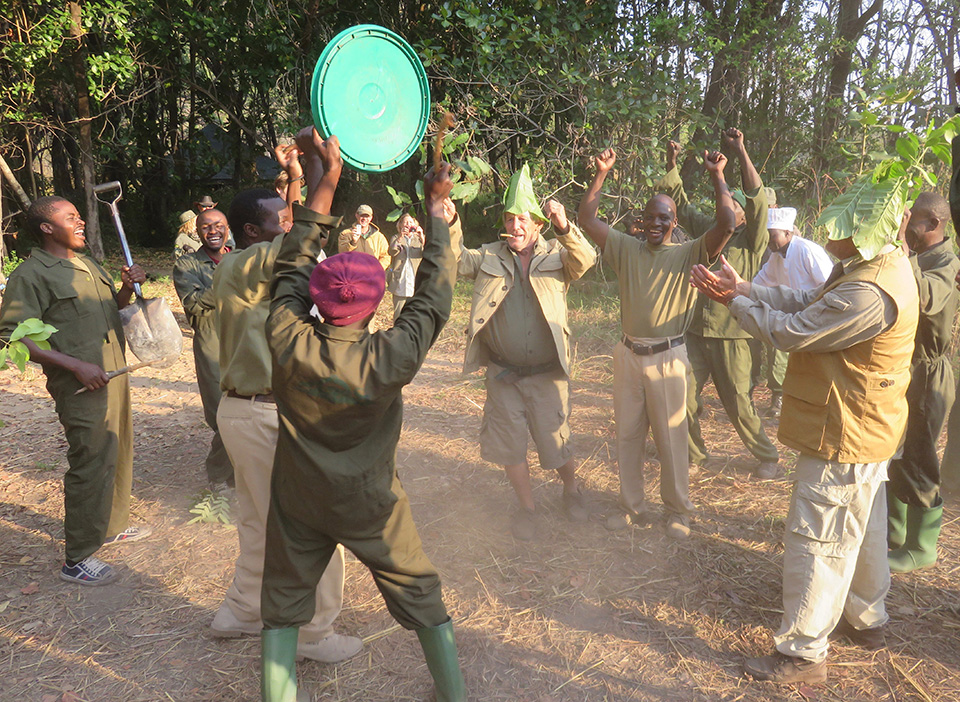
Let us take the Selous Game Reserve in Tanzania - it is approximately 45,000 square km (of a still yet larger ecosystem) of almost pristine, biodiverse wilderness. That is one and a half times the size of the country of Belgium.
In the last 7 or 8 years, the Selous was hammered by a wave of unprecedented Elephant poaching that according to some reports saw the population go from 68,000 elephants to 12,500 in less than 5 years. Rightly this caused an international outcry and thankfully it seems something has been done to reverse the trend.
Having said this, in light of the universally agreed definition of conservation above, you cannot go and brand the Selous Game Reserve a “conservation disaster”. You could call it an “elephant preservation disaster” - or an “elephant hunter’s nightmare” - but the rest of the “biological diversity” remained essentially intact.
If you were to add up the sum total of different “genetic material” conserved in the Selous, the genetic material carried by the elephants, would be but a minute fraction of the total biodiversity.
And at a population growth rate of between 5 and 7% per annum, in 25 years time or so - given the right circumstances - the elephant numbers will be back where they were - but only if their habitat and space has been conserved.
Joubert of course, would put the elephants above the habitat in his stated “mission to conserve the key African species.” But trying to conserve elephants without habitat is a bit like trying to grow fresh potatoes without soil!
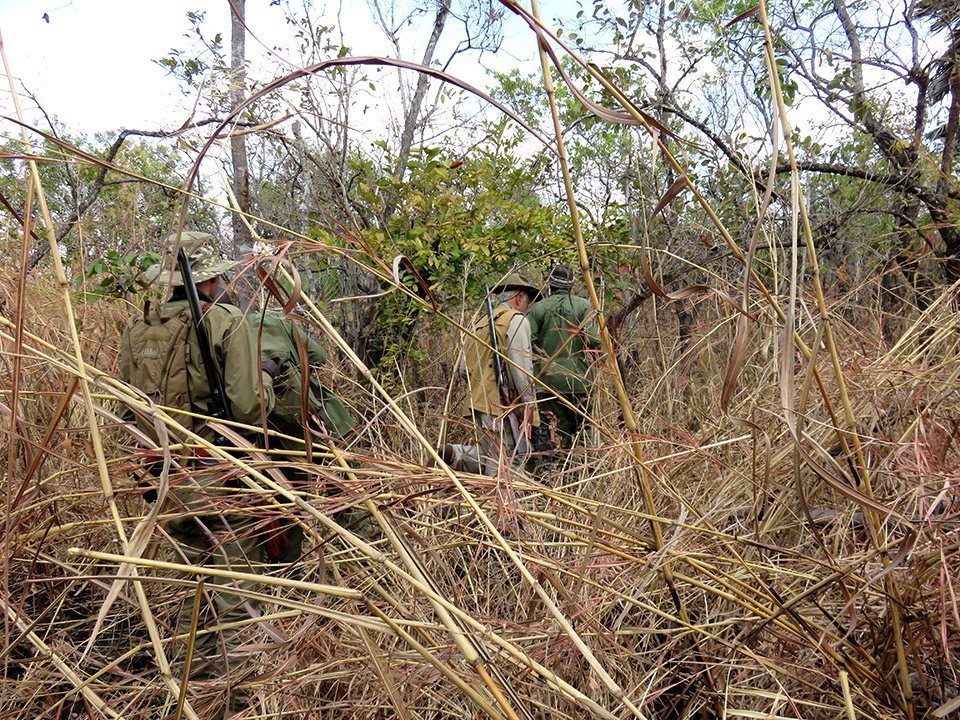
Recently, President Magafuli in Tanzania threatened to de-gazette several key wilderness areas and Game Reserves in Tanzania - stating the increase in Tanzania’s human and livestock population as the reasoning behind this.
Only 5 years ago Tanzania had a very strong and thriving hunting industry - an industry that whilst Mr Joubert will be quick to point out was not generating anywhere near the same National Revenues as photographic tourism, did generate enough revenues to justify the nearly 27% of Tanzania’s land area that was set aside as Game Reserve. (This in contrast to 5.6% that comes under National Parks and Ngorongoro Conservation area).
In other words, the hunting industry was a cheap way of protecting vast wilderness areas - 5 times the land area in fact of the Photographic tourism destinations.
One thing that Joubert and I can both agree on is that “we stare down the barrel of 8 billion people on Earth and over 1 billion head of livestock in East Africa alone – and massive disenfranchisement across Africa, and within our communities. This is the real threat to wildlife.”
What I cannot agree with Mr Joubert on is that “the debate on whether to hunt or not is not really relevant anymore.”
trying to conserve elephants without habitat is a bit like trying to grow fresh potatoes without soil!
Surely - to the so-called “conservationist” that he claims he is, we must be willing to entertain any form of land-use - even hunting - if it is the most appropriate land use model to help preserve biodiversity. Whilst hunting may not preserve the few individual animals that get shot, it is a well documented fact that in many places it helps preserve habitat for wildlife and by default - biodiversity.
As one reads this, one can imagine Joubert eloquently stating to his admiring, wealthy, National Geographic watching audience of Western arm-chair conservationists that “revenues from photographic tourism” greatly out weigh hunting revenues. And they do - greatly - but only in certain PRIME areas.
But if Joubert really believed his own rhetoric, why then has Great Plain’s built two (or three) stunning camps in Kenya’s Masai Mara - an area that generates 75% of Kenya’s Wildlife Tourism Revenues - and is completely saturated with tourist lodges already - but has not built any camps in one of the other 47 (check numbers) under-utilized parks in Kenya.
Or, why has Joubert not gambled his latest upmarket tourist venture on some obscure, dry, featureless piece of bush country elsewhere? A communal area in Kenya for example, in Kenya’s stunning, but exceedingly hot, dry, dusty and inaccessible far north?
The reasons are of course that Mr Joubert is no fool, and he knows that these areas offer very little potential for photographic tourism. Many areas like these however, offer enough potential to justify their existence as a tourist hunting destinations?
For many of these places, the alternatives to hunting to generate any meaningful income for the local people are livestock and agriculture? Two land-use practices that we can also agree do far more damage to biodiversity than “Tourist hunting”.
The same question could be asked of all the communal areas in Botswana that once received something from hunting and now receive nothing from photographic tourism.
It was never a case of either - or. The free market dictated that in the prime areas, photographic tourism would earn the most money and be the best land use solution; but photographic tourism was never precluded from entering marginal areas - it just didn’t make sense and wasn’t the right land use model there.
The way Mr Joubert convinced the Botswana Government to close tourist hunting was to extrapolate the success of his Selinda concession and the revenues it was earning under photographic tourism and extrapolate these figures as a base-line for what all areas in Botswana could earn under “eco-tourism.” If this were really true, Joubert would not need to cherry pick destinations for his next lodge, but he does. And by doing so demonstrates in a very real way that his model isn’t the solution for all of Africa’s wilderness areas.
we don’t get to choose whether a lion is more important than a Grevy’s zebra, or an elephant more important that the myriad of endemic plant species
He states “The answer, in my humble opinion, is in education, creating real benefits (like the Selinda model does), and in being respectful to those people who need us to drive the increase in their basic wealth and to fight poverty and corruption”.
One has to ask is has Selinda’s alleged “success” really be worth pitting against the imminent loss of biodiversity if all the other hunting areas in Africa lost the one land use strategy that keeps them viable as wilderness areas?
Furthermore, “being respectful” to he local people - the communities that live side by side with dangerous wildlife - went out the window, when by-default, their rights to pick the best land use strategies (hunting or eco-tourism) in their area went out the window with the hunting ban.
For people like Joubert - who have made it a campaign to have hunting banned under the pretext of “conservation” one really has to question whether the closure of hunting across Africa is more important to them than the conservation interests they claim to pursue.
Surely, a man who calls himself a “conservationist” could get over his dislike of hunting and see beyond this to the potential benefits.
We only have to compare two countries - Namibia and Kenya - one with a conservation model that allows consumptive utilization and one which doesn’t - to see the facts play out.
At the moment we live in a world where as an anti-hunter there are really only two very uncomfortable choices you must ask yourself and these are:
(1) “would you rather live in an Africa rich in biodiversity and wilderness areas, despite having to accept that some consumptive utilization of wildlife pays for this to be so in the face of rapidly expanding human populations” or :
(2) would you rather wake up one day, look yourself in the mirror and smile because all the trophy hunters in the world that you detest can now no longer hunt, but with their demise, so went some of the last few remaining real wildlife gems in Africa? And if you answer yes to the second option, can you call yourself a ”conservationist”?
Joubert claims that hunters actively seek to hunt “the rarest species”, yet by the same token, he actively seeks out the rarest and most prime wildlife destinations for his tourist lodges and camps.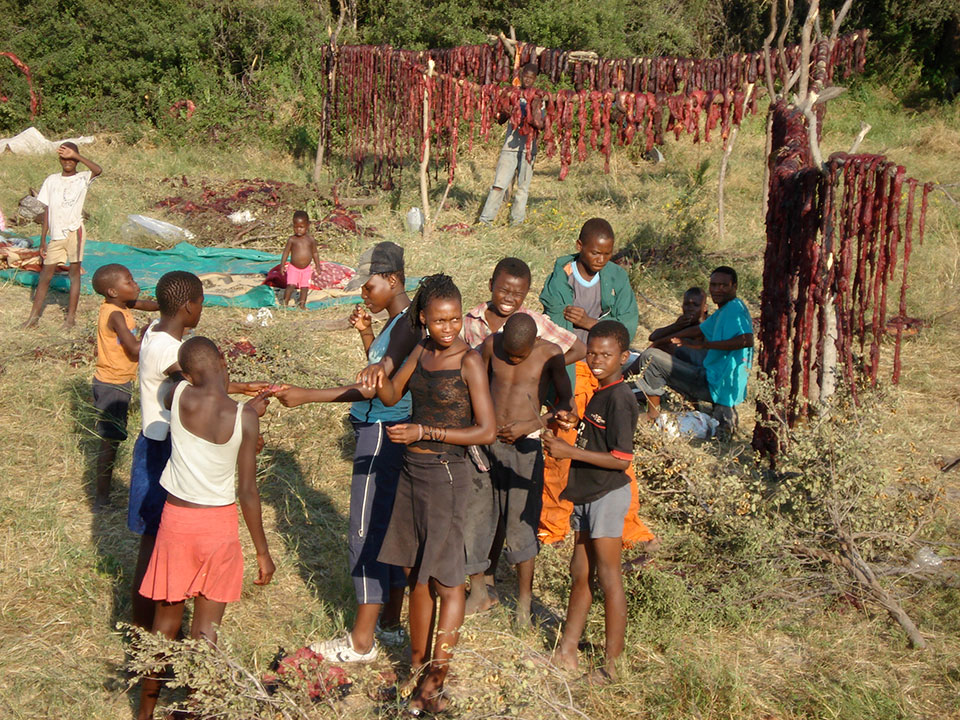
By shutting hunting down in Botswana, he created a land-use monopoly that made photographic tourism the only viable form of income from wildlife. This took care of all the competition for the prime concession areas, but it did so at a price far greater to true conservation. What Joubert achieved was that he totally devalued the wildlife and the wilderness outside of these areas - ironically, the very areas that are so very vital to his wilderness paradises.
I would like to think that people like Joubert are motivated by a genuine desire to “conserve” wildlife, but deep down, I think many are motivated by more selfish personal interests, as well as enjoying the adulations of a privileged, but un-eductated audience, that do not understand the facts, and have no interest in learning about them.
Anti-hunter, or trophy hunter; vegan or carnivore, TV personality or TV salesman, wildlife biologist or nuclear physicist, I think that it would all do us a great deal of good to remember when we pin the “conservationist” badge on our backs, we remember what it actually means and we base our conservation decisions around this and not about our personal desires and interests.
Published by Vintage Guns Ltd on (modified )
